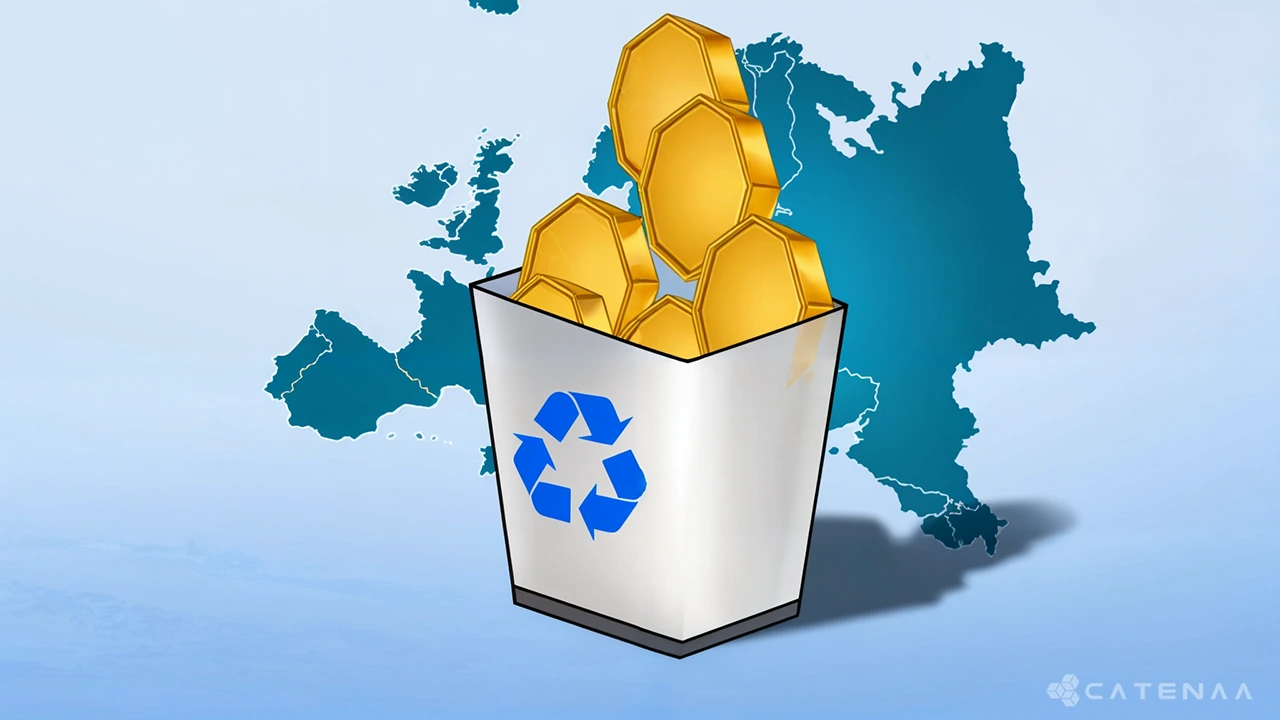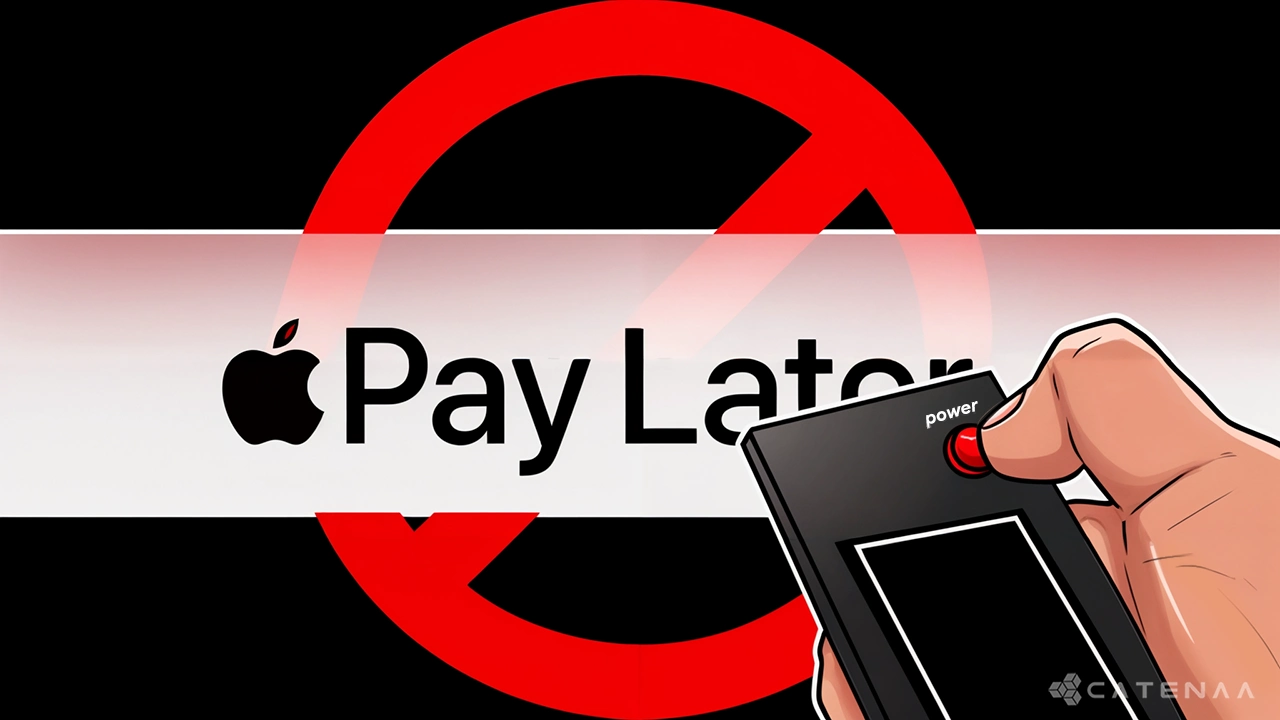New York, Tuesday, June 25, 2024 – Cloud-based multi-asset platform Uphold is ending support for several popular stablecoins, including Tether’s USDT, Gemini’s GUSD, Paxos Standard (USDP), Frax (FRAX), TrueUSD (TUSD), and USD Coin (USDC), effective July 1st, 2024. This decision comes in light of upcoming European Union regulations outlined in the Markets in Crypto-Assets Act (MiCA).1
Uphold customers were notified via email, citing “new European Union rules on stablecoins” as the reason for the platform’s decision.
The company has yet to make an official public statement.
The European Union’s MiCA framework, which entered into force in June 2023, aims to establish a comprehensive regulatory system for cryptocurrencies within the bloc. Specific provisions related to stablecoins, categorized as “asset-referenced tokens” and “e-money tokens” under MiCA, will be applied starting June 30th, 2024.
Uphold’s move suggests a cautious approach in response to these evolving regulations. MiCA requires stablecoin issuers operating within the EU to be authorized in the region and publish a white paper approved by the relevant national authority.
This decision by Uphold raises questions for investors holding these stablecoins on the platform. They will need to withdraw or convert their holdings to other supported assets by June 27th. Uphold will automatically convert any remaining balances in the affected stablecoins to USDC on June 28th.
The lack of a public statement from Uphold, coupled with the ongoing development of EU regulations, creates some uncertainty for investors. Further clarification regarding the treatment of stablecoins under MiCA is likely needed as the implementation deadline approaches.
Uphold’s actions are not isolated. Concerns regarding MiCA’s impact on stablecoins have been voiced by other industry players. Tether CEO Paolo Ardoino expressed concerns about MiCA’s potential to make stablecoin issuance overly complex and EU-licensed stablecoins riskier to operate.
Crypto exchange Binance has announced they will not delist unauthorized stablecoins entirely but will restrict their availability for certain products offered to users in the European Economic Area (EEA). They plan to promote regulated stablecoins as alternatives. Similarly, Kraken, another major crypto exchange, previously considered delisting USDT but is currently exploring options to offer it under the new regulatory regime.
MiCA’s provisions on stablecoins, starting June 30th, require issuers operating in the EU to be authorized and have an approved white paper.
Uphold, a crypto platform, is dropping support for several stablecoins (USDT, GUSD, etc.) due to new EU regulations (MiCA). MiCA, starting in June, imposes stricter rules on stablecoin issuers in the EU.
This has caused uncertainty for investors and the industry, with some companies like Tether expressing concerns. Uphold will automatically convert remaining balances to USDC by June 28th. The full impact of MiCA on the European stablecoin market remains to be seen, but both investors and platforms are preparing for changes.
Uphold has announced to its European users that the following stablecoins will be delisted:
– Tether (USDT)
– Dai (DAI)
– Frax Protocol (FRAX)
– Gemini Dollar (GUSD)
– Pax Dollar (USDP)
– TrueUSD (TUSD)
Users holding these stablecoins must convert them to a different cryptocurrency by June 28, 2024. After this date, Uphold will automatically convert any remaining balances into USD Coin (USDC).
MiCA, passed into law in May 2023 and partially effective from June 2023, will be fully implemented by the end of 2024. This regulation provides a comprehensive framework for the crypto market within the European Economic Area (EEA), including strict guidelines for stablecoins.
Fiat-backed Stablecoins: Must maintain a 1:1 reserve of liquid assets held by a third party and isolated from other assets.
E-money Tokens: Subject to stringent regulatory oversight if they exceed specific adoption thresholds.
Algorithmic Stablecoins: Banned outright under the new regulations.
These measures aim to enhance consumer confidence by ensuring stablecoins can reliably serve as a store of value and means of payment. Under MiCA, stablecoin issuers in the EU must obtain licenses as credit institutions or Electronic Money Institutions.2
In response to MiCA, several major cryptocurrency exchanges have updated their stablecoin policies:
Binance: Divided its stablecoins into “regulated” and “unauthorized” categories but has not yet finalized which stablecoins fall into each category.
OKX: Delisted Tether (USDT) in Europe in March without specifically mentioning MiCA.
Kraken: Currently evaluating whether to continue supporting USDT in the region.
- binance.com: https://www.binance.com/en/square/post/9708843586625[↩]
- https://miethereum.com/news/uphold-set-to-delist-usdt-and-5-stablecoins-due-to-mica/[↩]


